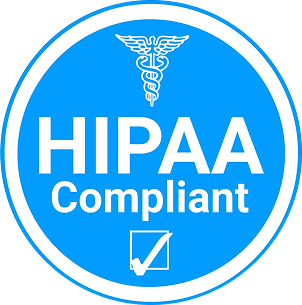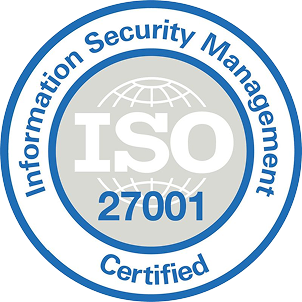IoT in logistics solutions provide a seamless flow of data throughout the supply chain. IoT devices embedded in transportation automobiles, warehouses, and loads can talk in real time, offering insights into the vicinity, circumstance, and handling goods. IoT in supply chain management (SCM) ensures that stakeholders are synchronized, from providers and manufacturers to vendors and outlets. By using the power of IoT, logistics businesses can reap more transparency, optimize resource usage, and improve customer experience. The profound impact of IoT on logistics heralds a new era wherein performance, reliability, and predictive abilities redefine the industry requirements. This blog explores into the technical elements of the ways IoT applications in transportation are revolutionizing the logistics industry, analysing its impact on supply chain management, warehouse operations, and predictive maintenance.
Supply Chain Management
SCM includes coordinating and integrating the flow of goods, statistics, and finances from the origin to the point of delivery. IoT notably enhances SCM by offering real-time visibility and analytics throughout the entire supply chain.
Real-Time Tracking
IoT devices, such as GPS sensors, RFID tags, and IoT-enabled monitoring devices, allow tracking of goods in transit. These devices offer specific location data, allowing logistics managers to monitor the movement of goods from warehouses to distribution facilities and stores. This real-time monitoring helps optimize routes, reduce transit instances, and improves overall supply chain performance.
Inventory Management
IoT sensors installed in warehouses and storage facilities proactively monitor stock levels in real-time. These sensors can detect the quantity, location, and condition of goods, providing accurate and up-to-date stock information. This proactive visibility helps prevent stockouts, reduce excess inventory, and optimize order fulfilment processes. With automated stock control systems powered by IoT logistics solutions, inventory is reordered when levels drop below a predefined threshold, ensuring a secure and efficient supply chain operation.
Condition Monitoring
For perishable goods and sensitive products, preserving the most excellent environmental conditions during transit is critical. IoT supply chain management can monitor real-time temperature, humidity, and other environmental parameters. Alerts are induced if any deviations from the favoured situations are detected, allowing for fast corrective moves. This capability is particularly treasured in industries along with prescription drugs, meals, and beverages, wherein product safety is paramount.
Transportation and Fleet Management
Transportation is critical to logistics, and IoT applications in logistics are revolutionizing how fleets are controlled and operated. Integrating IoT devices in transportation structures provides treasured data that enhances operational efficiency, safety, and cost-effectiveness.
Fleet Tracking and Management
IoT-enabled GPS devices and telematics structures are not just technological marvels, but practical tools that offer real-time tracking and monitoring of fleet vehicles. These IoT in logistics solutions gather data on vehicle location, speed, fuel consumption, and driver behaviour. Fleet managers can leverage this information to optimize routes, reduce fuel consumption, and improve delivery schedules. Real-time monitoring also aids in identifying and addressing potential delays or issues, ensuring timely deliveries.
Predictive Maintenance
IoT applications in transportation are not just passive observers, but proactive guardians of vehicle health and performance. They continuously monitor the condition of critical components such as engines, brakes, and tires. By analysing data from these sensors, predictive maintenance systems can detect potential issues before they lead to breakdowns. This proactive approach to maintenance not only minimizes downtime and repair costs but also extends the lifespan of vehicles. For instance, if a sensor detects an unusual vibration in an engine, it can alert maintenance teams to investigate and fix the issue before it escalates.
Driver Safety and Behaviour
IoT in logistics can screen driving force behaviour and provide insights into using patterns. Sensors can detect harsh braking, rapid acceleration, and speeding times. This fact may be used to train drivers on secure riding practices, reducing the risk of accidents and improving ordinary avenue protection. Additionally, IoT-enabled wearables can screen motive force fatigue and application, ensuring drivers remain attentive and reducing the likelihood of accidents because of drowsiness.
Warehouse Operations
Warehousing is a vital component of logistics, and IoT supply chain management is remodelling how warehouses operate through automating approaches, improving performance, and improving accuracy.
Smart Shelving and Inventory Systems
IoT-enabled clever shelving systems use sensors and RFID technology to monitor the popularity and region of items on cabinets. These systems can robotically update stock data, ensuring accurate and actual inventory statistics. When objects are moved or eliminated, the device updates the stock to be counted, lowering the hazard of discrepancies, and improving order accuracy. Smart shelving also facilitates efficient area utilization by optimizing the location of goods primarily based on call for and turnover prices.
Automated Guided Vehicles (AGVs)
IoT-powered Automated Guided Vehicles (AGVs) significantly advantage warehouse operations. These robot structures have sensors, cameras, and navigation systems, allowing them to flow and deliver gadgets autonomously within a warehouse. Their capability to address responsibilities like choosing, packing, and transporting items reduces the reliance on manual labour and significantly boosts operational performance.
Environmental Monitoring
Maintaining top-quality environmental conditions in warehouses is vital for preserving stored products' satisfaction. IoT sensors are essential in this regard, as they constantly display temperature, humidity, and light degrees in real-time. When these sensors locate deviations from appropriate conditions, automatic systems can directly adjust HVAC settings or notify warehouse employees to implement corrective measures. This functionality is particularly vital for ensuring the protection and first-rate of perishable items, prescription drugs, and sensitive digital additives.ConclusionIoT in logistics is improving operational performance, and allowing predictive maintenance. IoT development and adoption has increased in logistics, distribution, and transportation in the past few years, offering better and efficient ways for data collection, decision-making, and operations management. As the IoT applications in transportation and logistics keeps evolving, its effect on the logistics businesses will most effectively grow, using innovation and reworking the manner goods are transported, stored, and managed.
.avif)
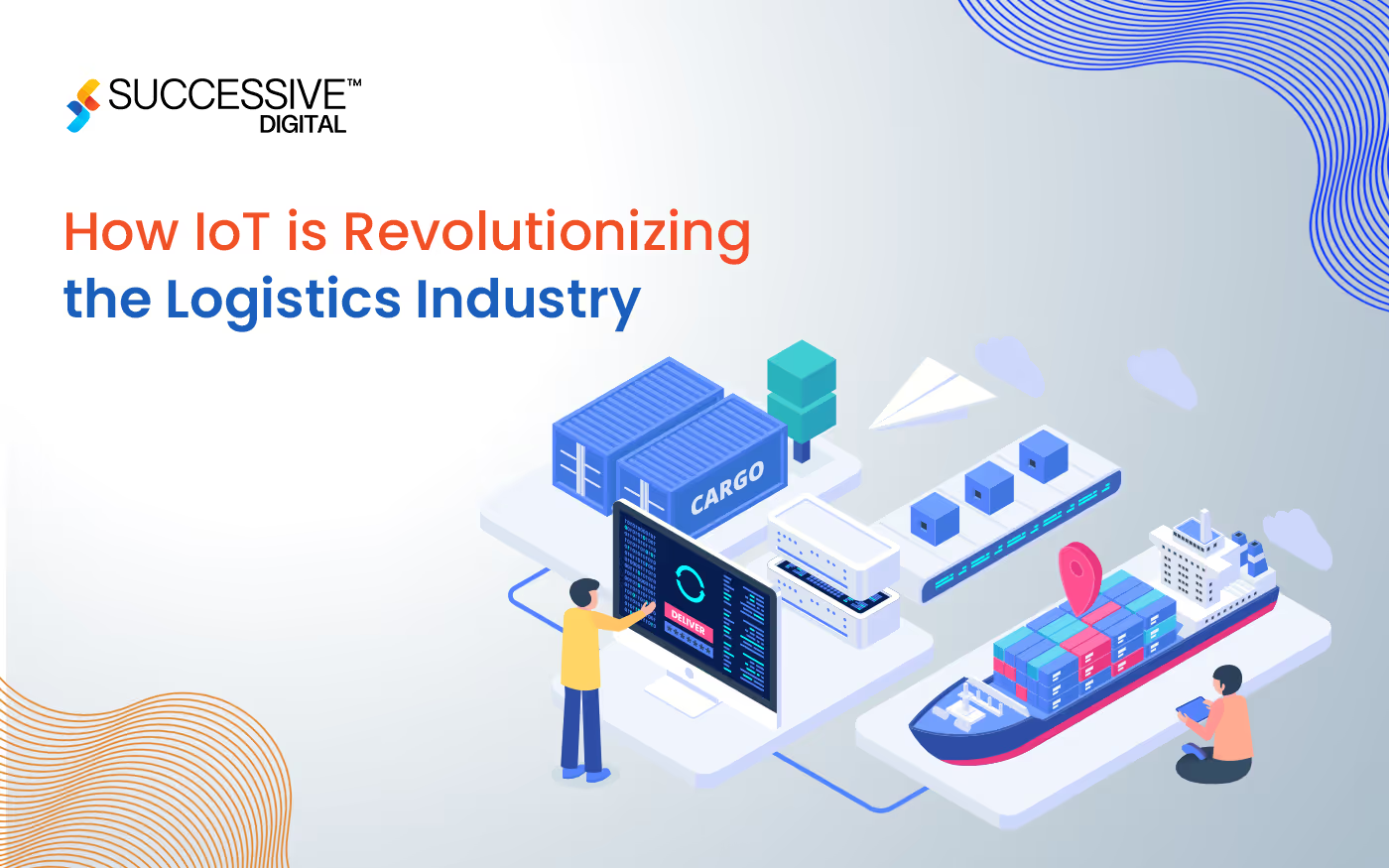


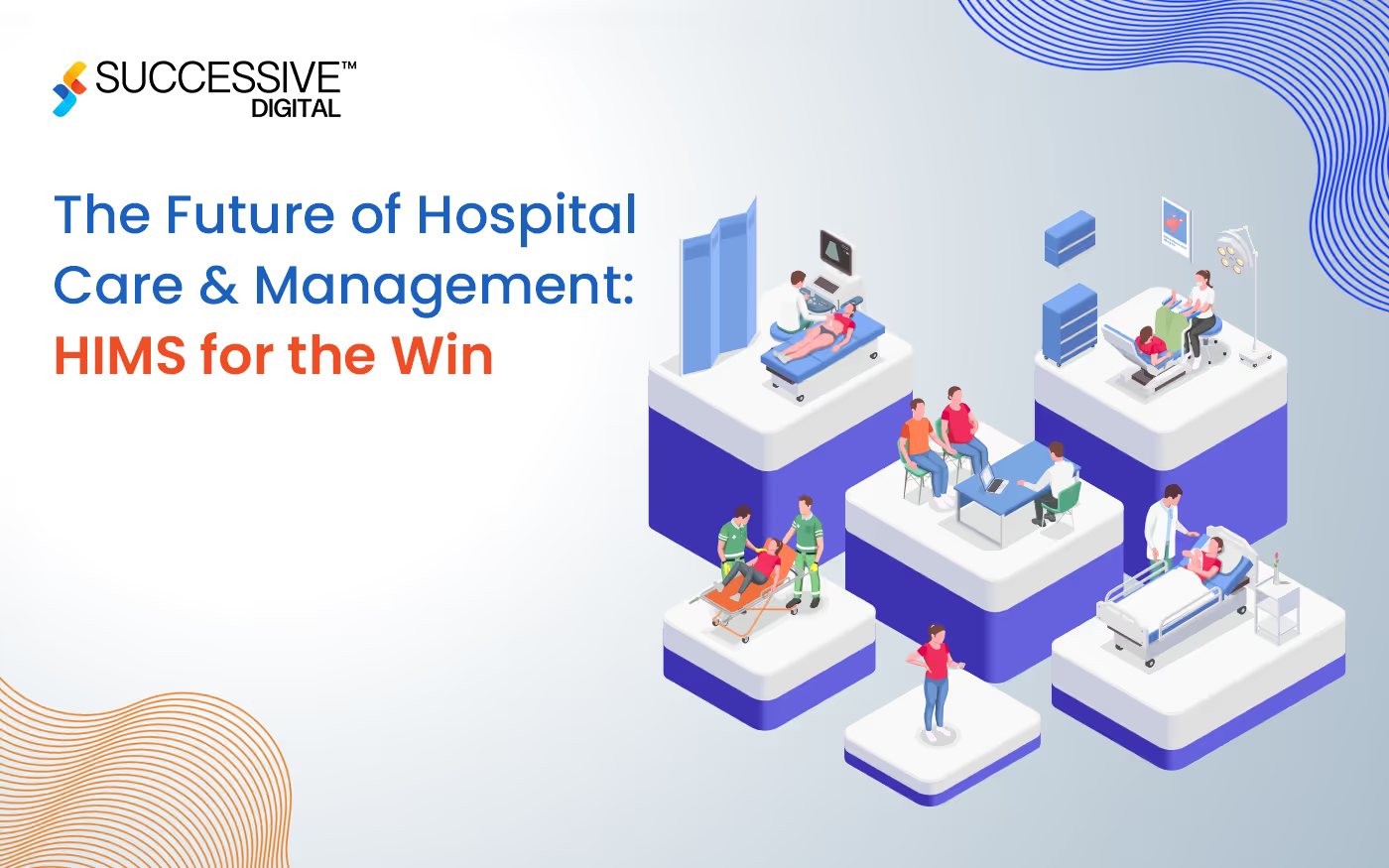
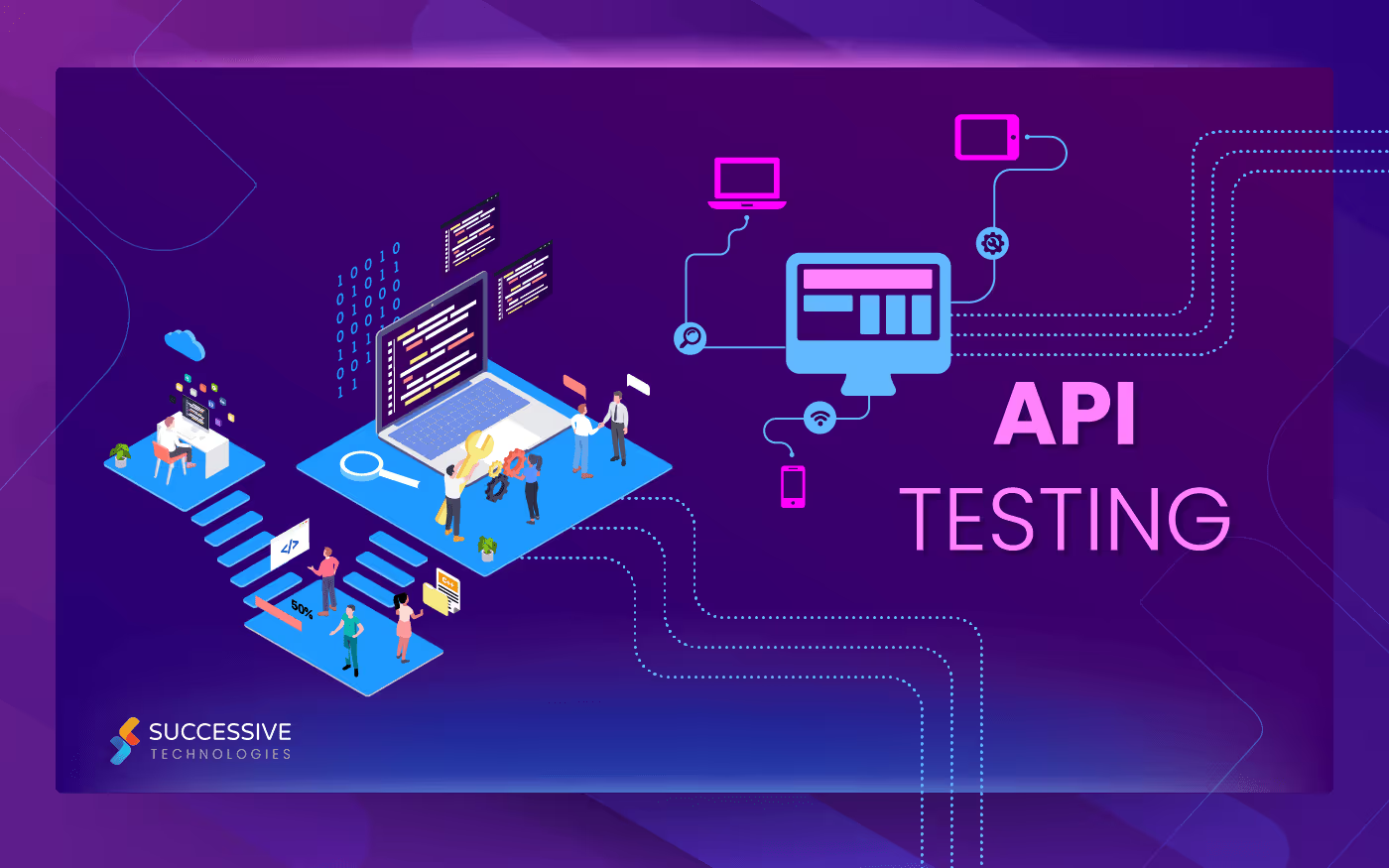





.jpg)






